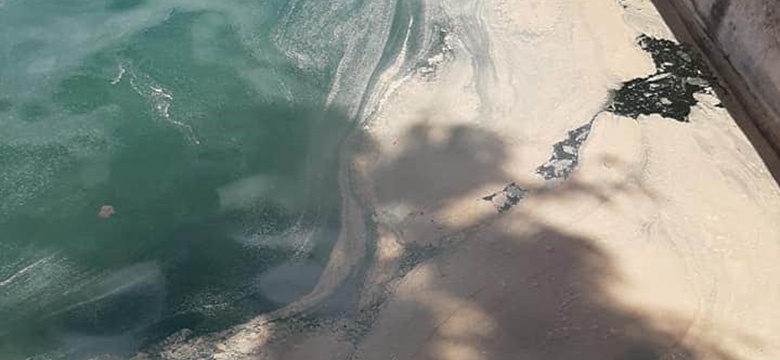
A large amount of naturally occurring microscopic marine life has resulted in areas of Hamilton harbour displaying a noticeable brown surface layer.
Dr. Struan Smith of the Department of Environment and Natural Resources (DENR) explains: “Hamilton Harbour has experienced a plankton bloom that is declining and the dying cells create a buoyant scum that accumulates on the water’s surface. The combination of very warm water and the extended calm weather can initiate a plankton bloom. The rapid growth of the microscopic plants’ cells is essential for marine life.”
Dr. Smith goes on to note that, “The bloom may last for a few days or until the weather conditions change. Also, the warm water can cause a die-off of marine plants living on the bottom in shallow bays and bacteria will degrade them. But in doing so carbon dioxide is released as bubbles, which floats the dead plants to the surface and this adds to the scum layer. Bacteria will continue to degrade the scum, which makes it a bit smelly. Hopefully the winds will increase a bit to help break up the scum layer, allowing the tides to remove the dead material.”
Learn more about DENR and environmental matters by visiting their website at www.environment.bm.
